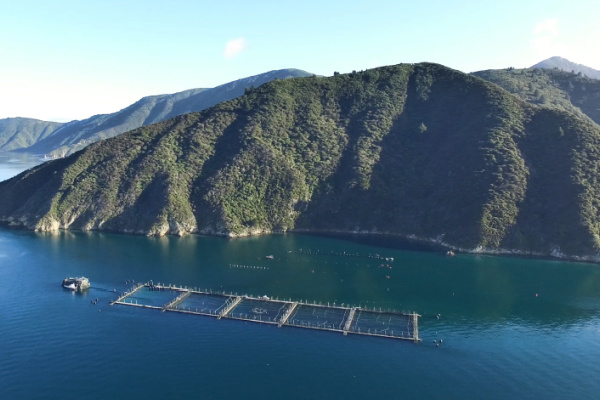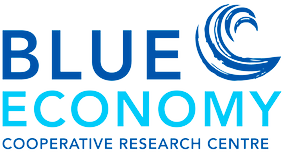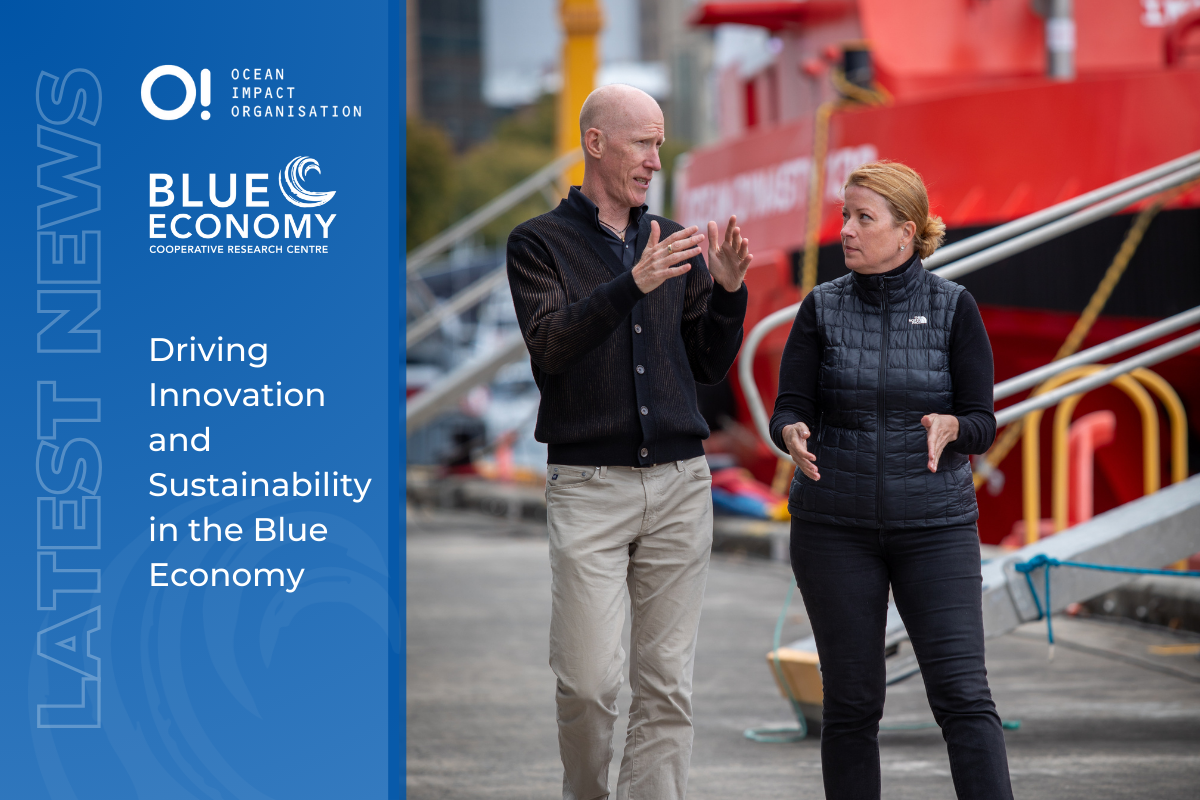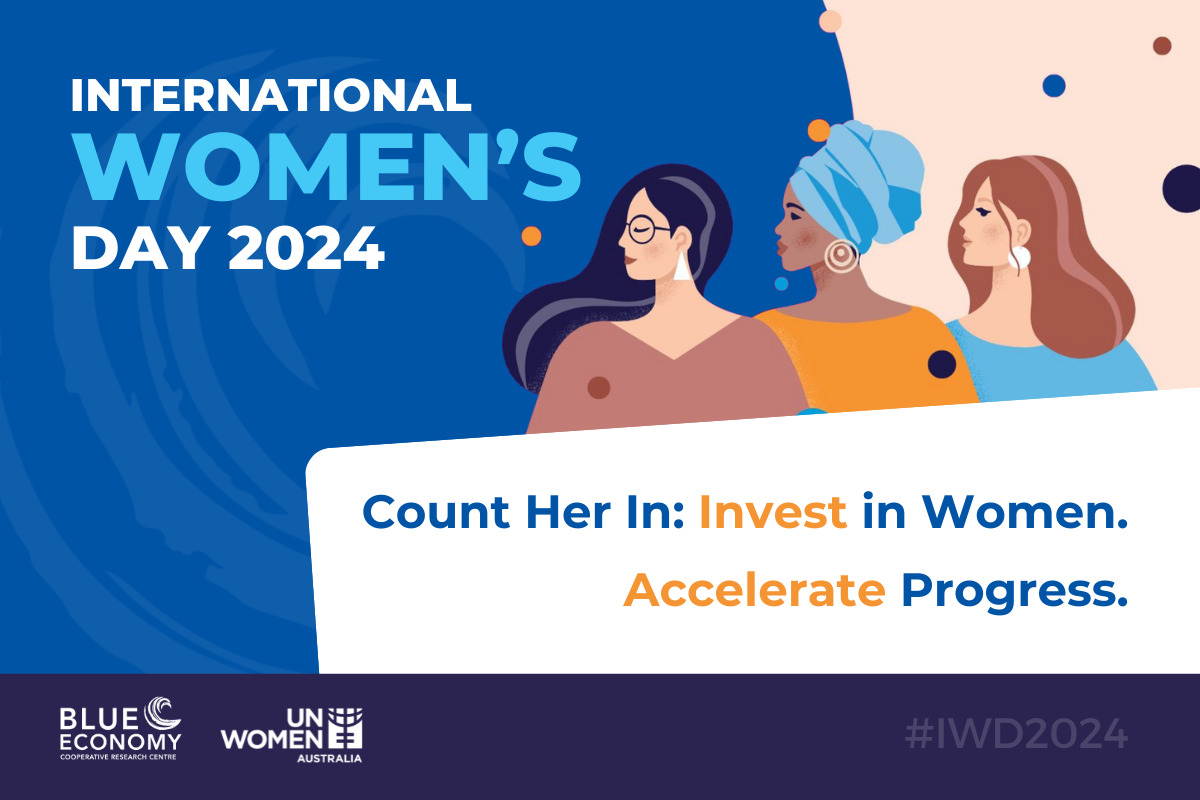Measuring the Depositional Footprint of the Blue Economy

Dr Kay C. Vopel from Auckland University of Technology is leading the latest RP4, Environment and Ecosystems project on A Novel Approach to Measuring the Depositional Footprint.
The project brings together expertise from partners, Auckland University of Technology, Commonwealth Scientific and Industrial Research Organisation (CSIRO), Griffith University, Tasmanian Department of Primary Industries, Parks, Water and Environment, University of Tasmania, New Zealand King Salmon, Tassal Group, East China Sea Fisheries Research Institute and the Chinese Academy of Fishery Sciences.
The expansion of aquaculture into offshore waters is key for further marine economic development worldwide. A fundamental assumption used to argue for such expansion is that operating in deeper and more dynamic offshore waters will increase the horizontal dispersion of organic farm wastes and reduce the impacts on seafloor ecosystem functions.
The social license for such a move, however, will rely on our ability to quantify this advantage. Once settled in the relatively quiescent bottom zone of offshore waters, it is anticipated that the farm waste will create a larger, more persistent but less intense footprint in the ecosystem than in shallow coastal waters.
As project leader Dr Vopel states,
“Sustainable fish production in offshore waters requires tools to accurately measure and predict the environmental performance of production facilities, specifically, the farm depositional footprint in the offshore seafloor ecosystem”.
“To help develop such tools, we have assembled an international team of researchers and industry partners featuring expertise ranging from in-situ biogeochemical seafloor analyses and laboratory experimentation to predictive modelling, adaptive farm management and legislative and policy frameworks”.
“I am deeply honoured and privileged to lead such unique team through this development over the coming 36 months.”
To find out more about this Project visit the project page.
Image courtesy of New Zealand King Salmon






